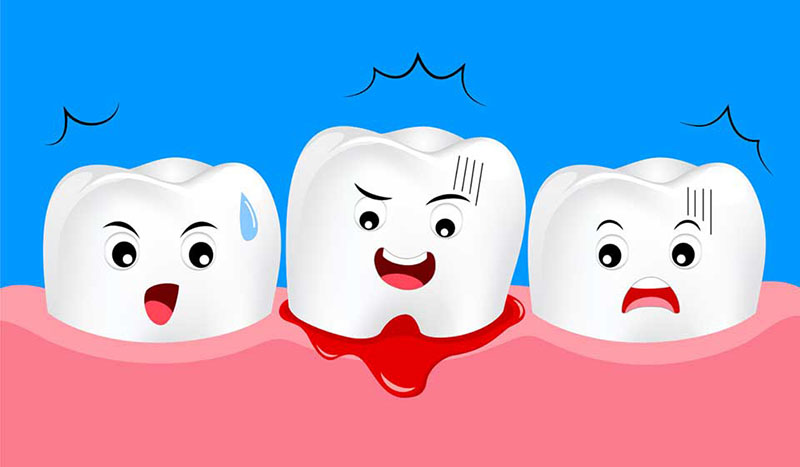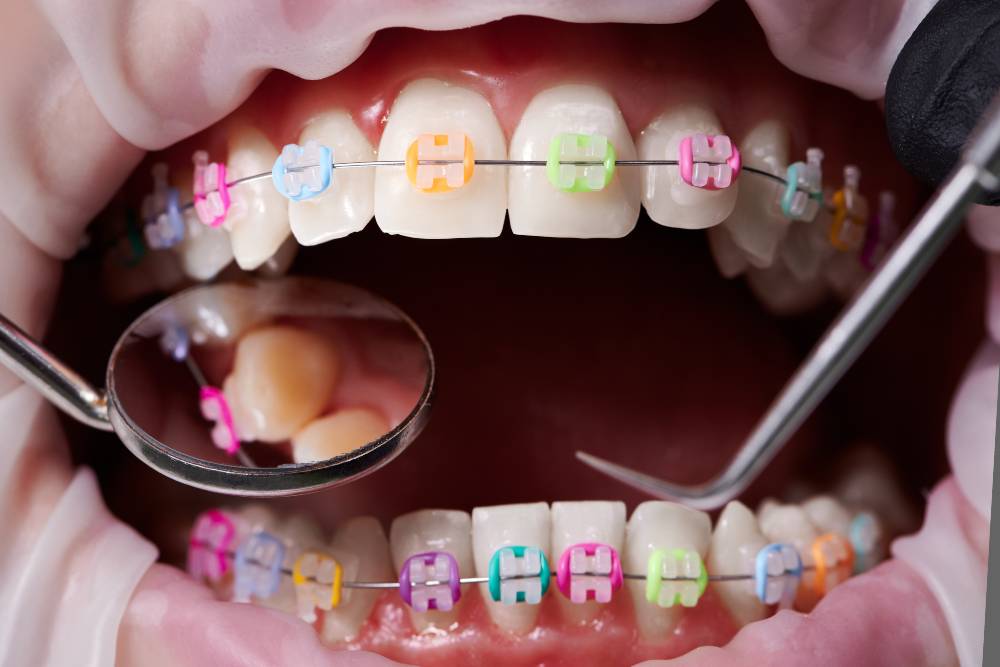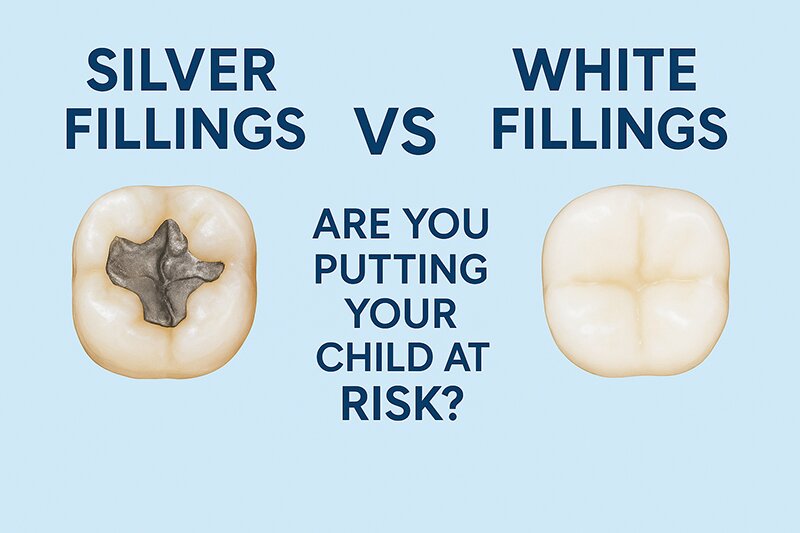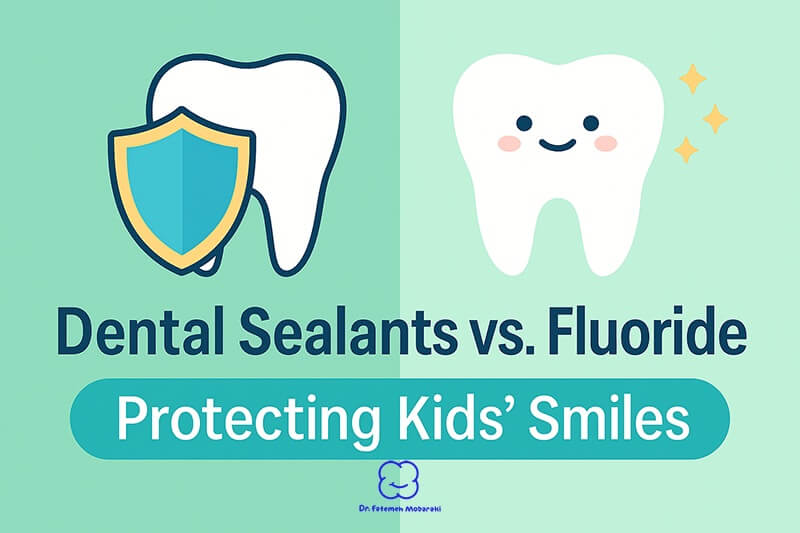When it comes to maintaining the oral health of children, especially with baby teeth, certain procedures are essential for preventing further complications. One of the most common pediatric dental treatments is pulpotomy in kids. This procedure is a crucial step in preserving a child’s primary teeth when the pulp, the inner tissue of the tooth, becomes infected or damaged. By performing a pulpotomy, pediatric dentists can save the tooth, preventing pain and future issues with the permanent teeth.
In this blog, we will cover everything parents need to know about pulpotomy in kids, including why it’s necessary, how the procedure is performed, and what to expect after treatment.
What is Pulpotomy in Kids?
Pulpotomy in kids is a dental procedure used to treat a tooth where decay has reached the pulp, but the infection has not yet affected the roots. The pulp consists of nerves and blood vessels inside the tooth, playing a key role in nourishing the tooth and allowing the child to feel sensations such as heat, cold, and pressure.
During a pulpotomy, only the diseased portion of the pulp in the crown of the tooth is removed. The healthy tissue in the roots is left intact, allowing the tooth to stay in place and function normally until the permanent tooth is ready to replace it. This treatment is a less invasive alternative to a full root canal, making it particularly suitable for children.
When Do Kids Need a Pulpotomy?
Pulpotomy in kids is typically performed when a child’s tooth has been compromised by deep decay or injury, but the damage is not severe enough to warrant a complete root canal or extraction. The goal is to preserve the tooth and avoid further complications, such as infection spreading to the surrounding tissues or other teeth.
Common signs that your child may need a pulpotomy include:
- Persistent tooth pain: If your child complains of ongoing toothache, especially when exposed to heat, cold, or sweets, this could indicate pulp damage.
- Pain while chewing: Sensitivity to pressure can also signal an issue with the pulp.
- Swelling or redness: Inflammation around the affected tooth often indicates infection.
- Tooth discoloration: A darkened tooth could be a result of trauma or damaged pulp.
- Pus or abscess formation: This is a serious sign of infection and requires prompt dental attention.
By addressing these symptoms early with a pulpotomy in kids, dentists can help prevent more serious issues from developing.
The Pulpotomy Procedure: What to Expect
A pulpotomy in kids is a relatively straightforward procedure, typically completed in one visit to the pediatric dentist. Here’s a step-by-step breakdown of what to expect:
- Initial Examination and X-rays
The dentist will first evaluate the child’s tooth to determine the extent of the decay or injury. X-rays are often used to assess the depth of the damage and ensure the infection has not reached the root of the tooth. - Anesthesia Options
Depending on the child’s comfort level, local anesthesia is commonly used to numb the area around the affected tooth. However, for younger children or those with high levels of anxiety, general anesthesia may be recommended to ensure the procedure is completely painless and stress-free. - Decay Removal
The dentist will remove any decayed tissue from the tooth, exposing the pulp chamber. Care is taken to remove only the damaged tissue, preserving as much of the healthy pulp as possible. - Pulp Removal
The infected portion of the pulp is carefully removed from the crown of the tooth, while the healthy pulp in the root remains. - Disinfecting the Tooth
The remaining pulp is treated with a medicated solution to disinfect the area and prevent further bacterial growth. - Sealing the Tooth
The pulp chamber is sealed with a biocompatible material, such as a medicated paste or dental cement, to protect it from reinfection. - Crowning the Tooth
To protect the tooth and restore its full function, a crown (usually made of stainless steel) is placed over the tooth. This helps maintain the tooth’s structure and prevents further damage.
Aftercare for Pulpotomy in Kids
After the pulpotomy in kids procedure, most children recover quickly and experience little to no discomfort. However, parents should follow the dentist’s post-operative care instructions to ensure proper healing and prevent complications.
Here are some general aftercare tips:
- Manage discomfort: Any mild pain or sensitivity after the procedure can be managed with over-the-counter pain medications like ibuprofen or acetaminophen.
- Stick to soft foods: For the first few days following the pulpotomy, it’s best to serve soft, easy-to-chew foods to avoid putting pressure on the treated tooth.
- Maintain oral hygiene: Continue brushing and flossing regularly, but be gentle around the treated area for the first few days to avoid irritation.
- Watch for signs of complications: If your child experiences ongoing pain, swelling, or any discharge from the treated area, contact your dentist immediately for further evaluation.
Regular follow-up visits to the dentist will ensure that the treated tooth remains healthy and functions properly until it naturally falls out to make way for the permanent tooth.
Benefits of Pulpotomy in Kids
Opting for a pulpotomy in kids provides several advantages over other treatment options, especially when compared to tooth extraction:
- Preserves Primary Teeth: The procedure allows the tooth to remain in place, which is important for guiding the growth and alignment of permanent teeth.
- Prevents the Spread of Infection: By removing the diseased portion of the pulp, a pulpotomy prevents infection from spreading to the roots and surrounding teeth.
- Maintains Chewing Function: The treated tooth will continue to function as usual, allowing the child to chew and eat without difficulty.
- Cost-Effective Treatment: Compared to extractions and possible orthodontic treatments later, pulpotomy in kids is a cost-effective option that preserves the natural tooth.
Choosing an Affordable Pediatric Dentist in Dubai
Finding an affordable pediatric dentist in Dubai who offers quality care for your child is essential. At our pediatric dental clinic in Dubai, we provide child-friendly dental procedures, including pulpotomy in kids, at affordable prices. We prioritize your child’s comfort by offering both local and general anesthesia options based on their individual needs, ensuring a smooth and stress-free experience.
Our clinic is dedicated to making dental care accessible for families while maintaining the highest standards of treatment. If you suspect your child may need a pulpotomy or have concerns about their dental health, don’t hesitate to reach out to us for a consultation.
Conclusion
A pulpotomy in kids is a crucial procedure for preserving primary teeth and maintaining your child’s overall oral health. By treating decay and infection early, this procedure helps prevent more severe dental issues and ensures that your child’s teeth develop properly.
If you’re looking for an affordable and experienced pediatric dentist in Dubai, our clinic is ready to assist with expert care in a child-friendly environment. Contact us today to schedule an appointment and ensure your child’s teeth remain healthy and strong.
FAQ
What is a pulpotomy, and how is it different from a root canal?
A pulpotomy is a dental procedure used to treat a decayed or damaged tooth in children. It involves removing the infected or diseased pulp from the crown of the tooth, leaving the healthy pulp in the root intact. This differs from a root canal, where all the pulp, including the root portion, is removed. A pulpotomy is less invasive and is specifically used for baby teeth to preserve them until the permanent teeth come in.
Is a pulpotomy painful for my child?
No, a pulpotomy is not painful for your child. The dentist will use local anesthesia to numb the area, ensuring your child feels no pain during the procedure. In some cases, general anesthesia may be recommended if your child is very young or anxious. The goal is to make the procedure as comfortable as possible for your child.
Why does my child need a pulpotomy?
Your child may need a pulpotomy if they have a deep cavity or have experienced trauma to a tooth, leading to infection or damage to the pulp. The procedure is essential to remove the diseased pulp, prevent the infection from spreading, and save the tooth. Preserving baby teeth is important for proper chewing, speech development, and guiding permanent teeth into place.
How long does a pulpotomy take?
A pulpotomy is a relatively quick procedure and typically takes about 30 to 45 minutes from start to finish. The time may vary depending on the complexity of the case, but most children can return to their normal activities shortly after the procedure.
Will my child’s tooth look different after a pulpotomy?
After a pulpotomy, your child’s tooth may look slightly different if a crown is placed over the treated tooth, which is often the case. For baby teeth, stainless steel crowns are commonly used due to their durability, but they are not highly visible, especially for back teeth. For front teeth, tooth-colored crowns may be an option for a more natural appearance.










